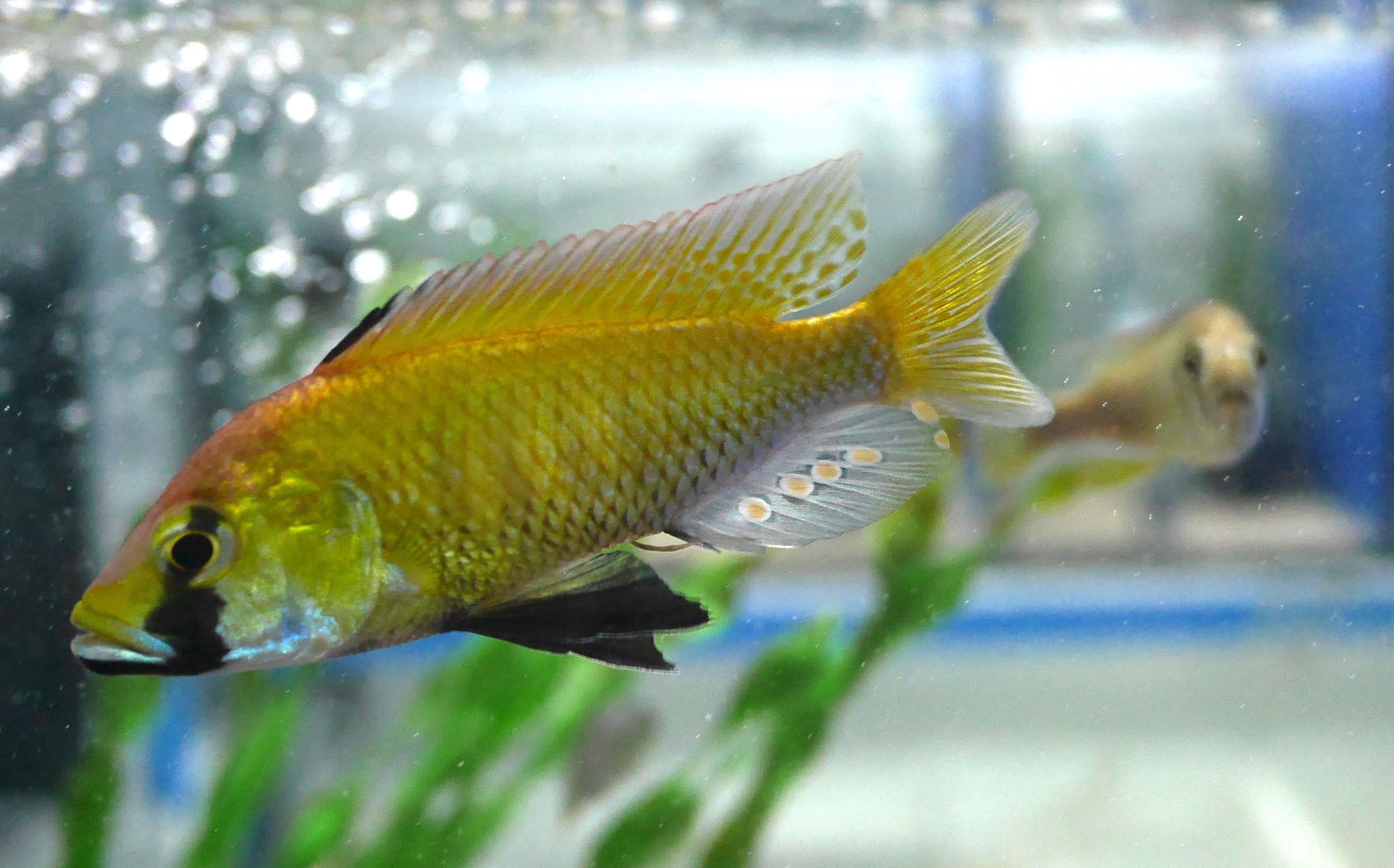
Our research focuses on the evolution and diversification of morphological traits – how they are genetically and developmentally determined, and what are the selective forces that shape it. We use an approach that combines developmental genetics, quantitative and population genetics and behavioural techniques. Combining approaches brings a more comprehensive understanding of the endless diversity present in nature.
Current research topics include:
-
evolution of pigmentation patterning, neural crest cells diversification and regulatory evolution using Malawi cichlids as a model system.
Key Publications
Santos ME, Lopes JF, Kratochwil CF (2023) East African cichlid fishes. EvoDevo 14:1, doi: 10.1186/s13227-022-00205-5
Marconi A, Yang C, McKay S, Santos ME (2022) Morphological and temporal variation in early embryogenesis contributes to species divergence in Malawi cichlid fishes. bioRxiv
Elkin J, Martin A, Courtier-Orgogozo V, Santos ME (2022) Meta-analysis of the genetic loci of pigment pattern evolution in vertebrates. bioRxiv
Clark B, Elkin J, Marconi A, Turner GF, Smith AM, Joyce D, Miska EA, Juntti SA, Santos ME (2022) oca2 targeting using CRISPR/Cas9 in the Malawi cichlid Astatotilapia calliptera. Royal Society Open Science, 9:220077.
Santos ME, Le Bouquin A, Crumière AJJ, Khila A (2017) Taxon-restricted genes at the origin of morphological novelty and ecological opportunity in water striders. Science 358:386-390
Santos ME, Baldo L, Gu X, Boileau N, Musilova Z, Salzburger W (2016) Comparative transcriptomics of anal fin pigmentation patterns in cichlid fishes. BMC Genomics 17: 712.
Santos ME, Berger C, Refki P, Khila A (2015) Integrating evo-devo with ecology for a better understanding of phenotypic evolution. Briefings in Functional Genomics, doi: 10.1093/bfgp/elv003
Santos ME, Braasch I, Boileau N, Meyer B, Boehne A, Affolter M, Salzburger W (2014) The evolution of cichlid egg-spots are linked with a cis-regulatory change. Nature Communications, doi:10.1038/ncomms6149
Santos ME, Salzburger W (2012) How cichlids diversify. Science, 338:619-621.
